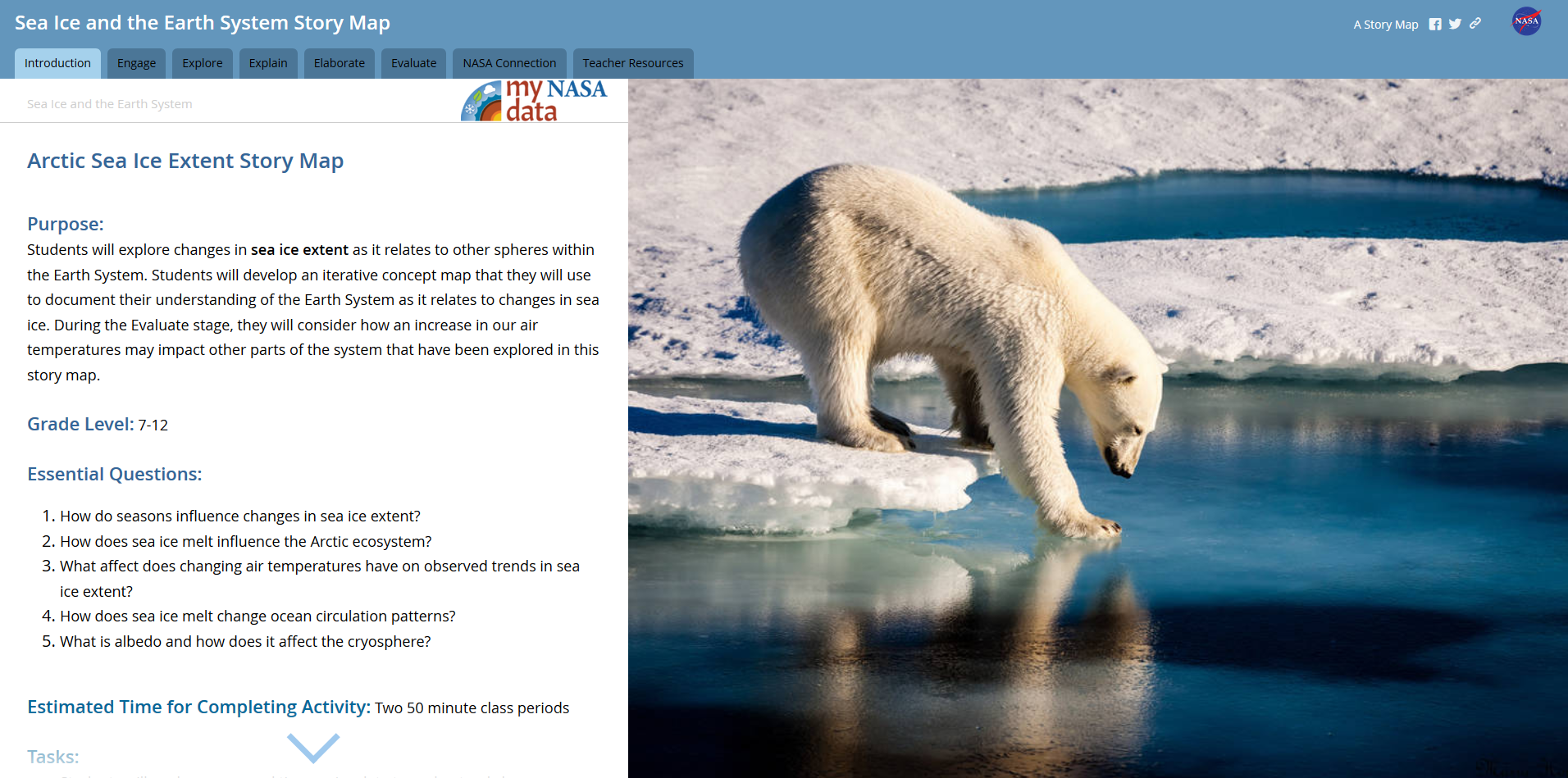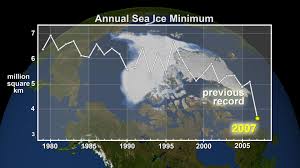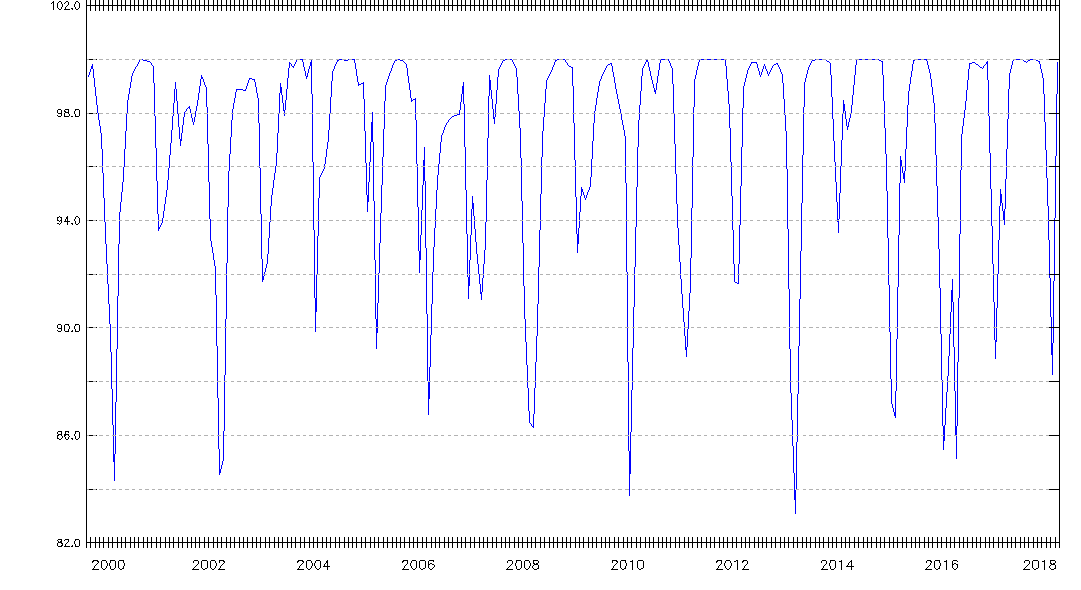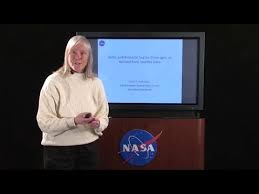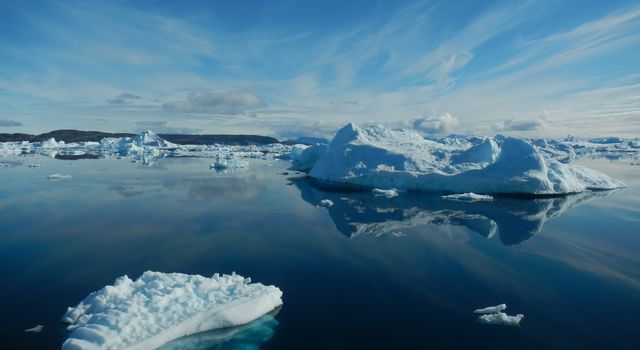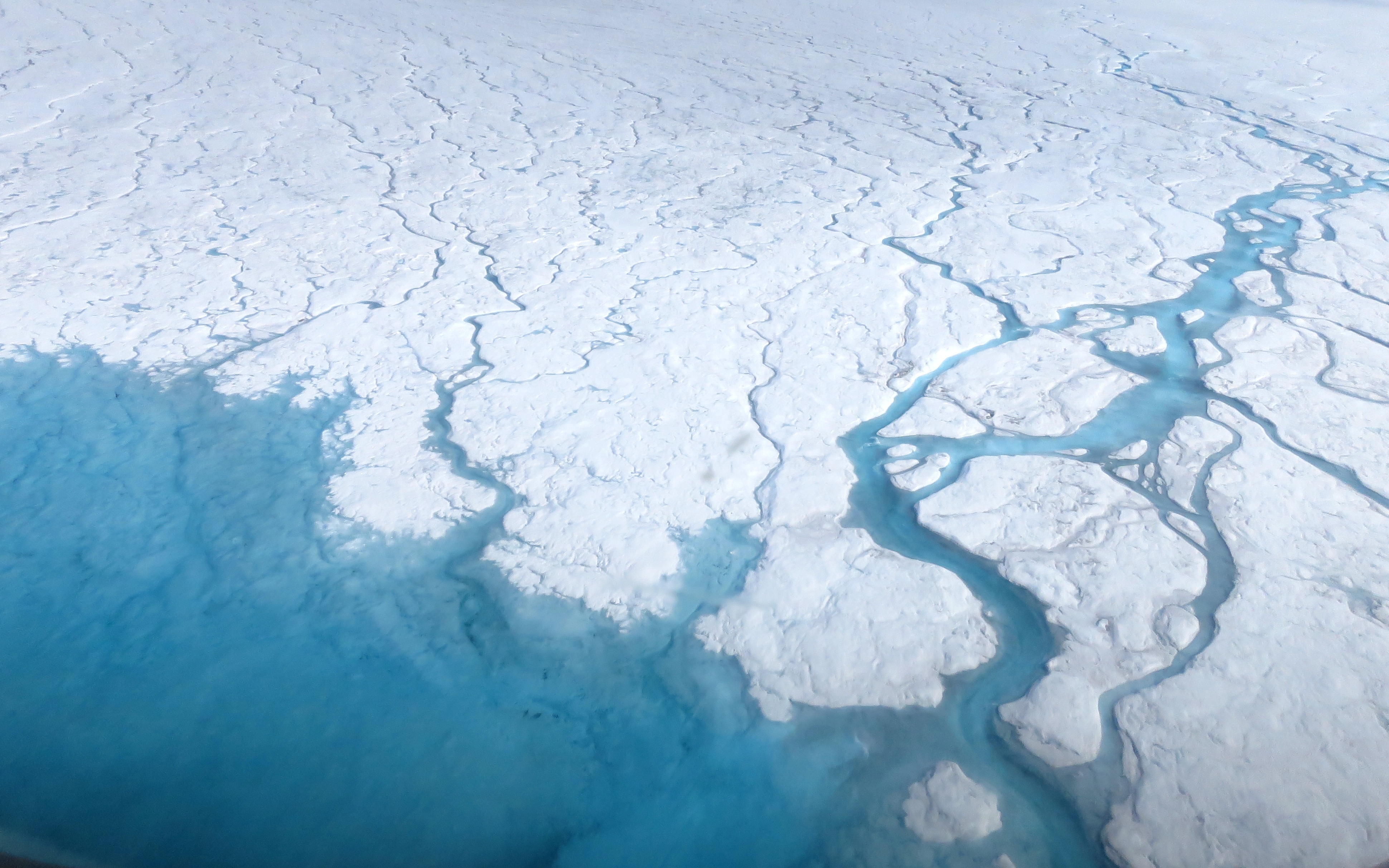Snow and Ice Extent
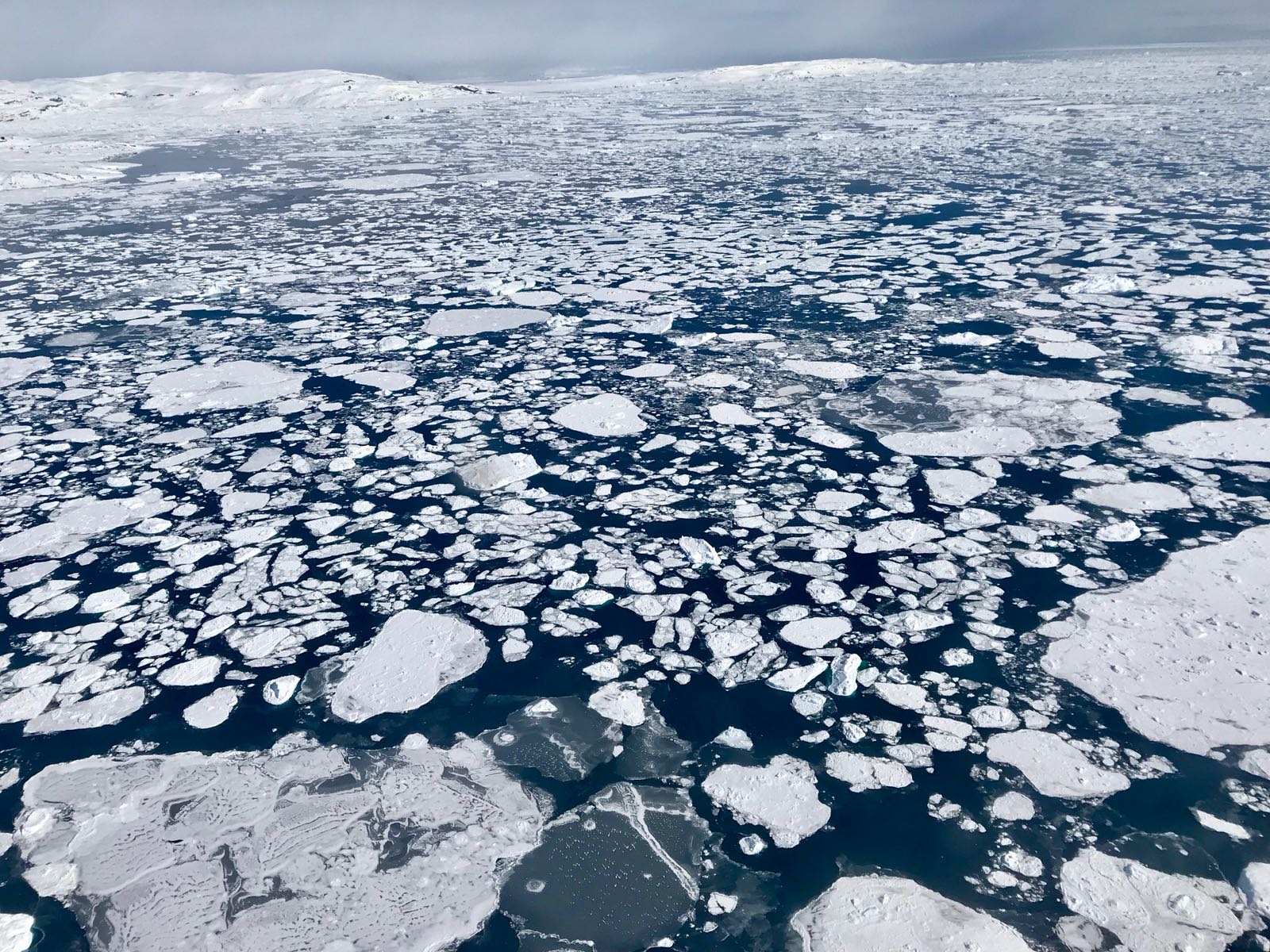
Ice, which covers 10 percent of Earth's surface, is disappearing rapidly. While the Arctic sea ice extent is declining, air temperatures are rising. Vegetation is changing, with tundra being replaced by shrubs. Permafrost is warming and thawing over parts of the Arctic. Some of these changes, such as the replacement of white reflective sea ice with dark open water, set in motion feedbacks that contribute to even further warming. As the Arctic warms, some animal species are finding the region more hospitable, while others are seeing declines in their habitat. The recent changes in the Arctic region have important impacts for regions outside of the Arctic and for the global climate.
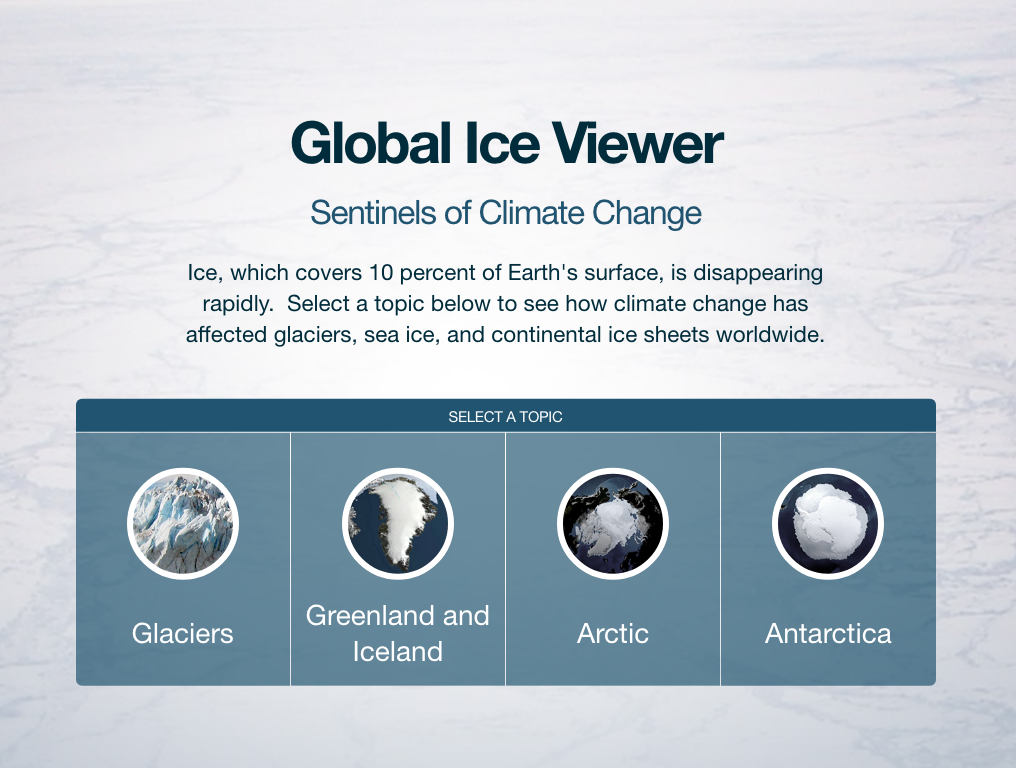
How is the Cryosphere affected?
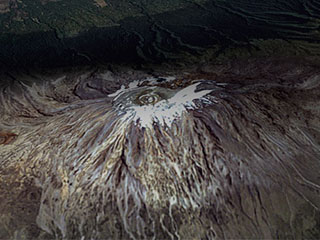
Glacial retreat
-
Glaciers are retreating almost everywhere around the world — including in the Alps, Himalayas, Andes, Rockies, Alaska and Africa.
Shrinking ice sheets 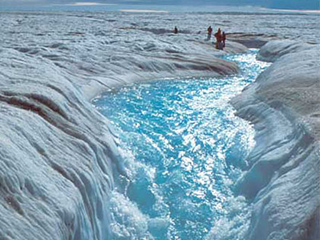
-
The Greenland and Antarctic ice sheets have decreased in mass. Data from NASA's Gravity Recovery and Climate Experiment show Greenland lost 3.59 trillion metric tons (7,915 trillion pounds) of ice between May 2003 and June 2016. Over the same period, Antarctic lost 1.63 trillion metric tons (3,602 trillion pounds) of ice.
Declining Arctic sea ice 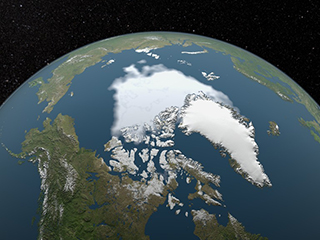
- Both the extent and thickness of Arctic sea ice has declined rapidly over the last several decades. According to the National Snow and Ice Data Center, average September sea ice extent has been reduced by 32 percent over the period of 1979-2017.

